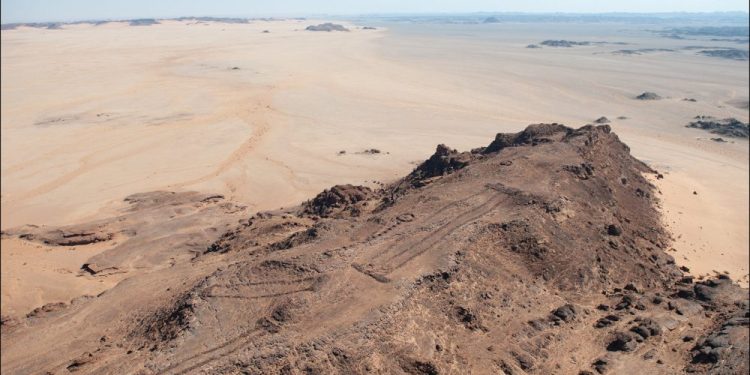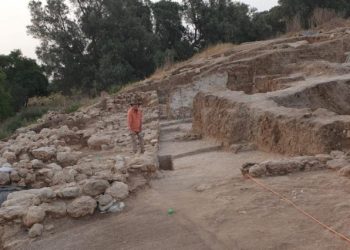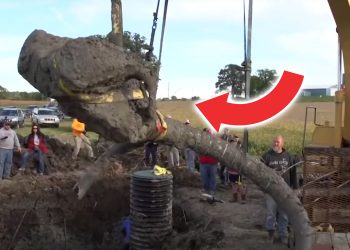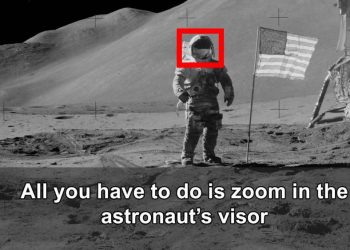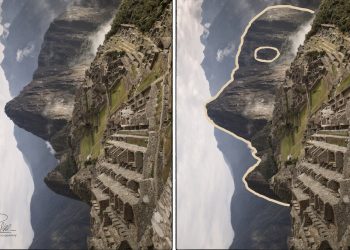A comprehensive analysis of an archaeological site in Saudi Arabia has provided new insights into mustatils, Late Neolithic stone monuments, supporting the idea that they were used for ritual purposes.
Mustatils Discovered in Saudi Arabia
Melissa Kennedy from the University of Western Australia, Perth, together with her team and the Royal Commission for AlUla, unveiled their findings in the open-access journal PLOS ONE on March 15, 2023. Dating back approximately 7,000 years, mustatils are rectangular stone structures with low walls, varying between 20 and 600 meters in length. Initially uncovered in the 1970s, researchers have since identified over 1,600 mustatils, predominantly located in northern Saudi Arabia.
Excavations in the City of AlUla
New archaeological digs in the city of AlUla have indicated that mustatils were utilized for ceremonial purposes that involved placing animal offerings. Kennedy and her team carried out a comprehensive excavation at a mustatil site situated 55 km east of AlUla. Built with local sandstone, this mustatil spans more than 140 meters in length.
The investigators’ examination involved identifying 260 pieces of animal skull and horn fragments, predominantly from domesticated cattle, along with domesticated goats, gazelles, and small ruminants. The majority of these remains were found surrounding a sizable vertical stone, which was interpreted as a betyl.
Radiocarbon Dating and Ritual Evidence
Carbon dating indicates that the betyl is among the most ancient examples discovered on the Arabian Peninsula, with the unearthed bones offering some of the earliest proof of cattle domestication in the northern region of Arabia. A betyl, also known as a baetyl or baetylus, is an ancient term for a sacred stone or meteorite that was believed to have divine or supernatural properties. These stones were often associated with religious rituals and were considered a dwelling place for a deity or a representation of the deity itself. They have been found in various ancient cultures, including those in the Middle East and the Mediterranean region.
Furthermore, the research uncovered signs of various stages of offerings within the mustatil and the burial of an adult male, implying that the location may have been a recurring pilgrimage destination. Taking into account all the new data, the researchers propose that ritual beliefs and economic factors were more closely intertwined for Neolithic peoples of northwestern Arabia than previously thought, and that this relationship was shared across a broad geographical area.
The authors explain that the ritual deposition of animal horns and upper cranial elements within the mustatil suggests a deep intersection of beliefs and economic lifestyles in the Late Neolithic of northern Arabia. The incorporation of these two aspects implies a deeply rooted ideological entanglement, one that was shared across a large geographical distance, indicating a landscape and culture much more interconnected than previously assumed for the Neolithic period in northwestern Arabia.



